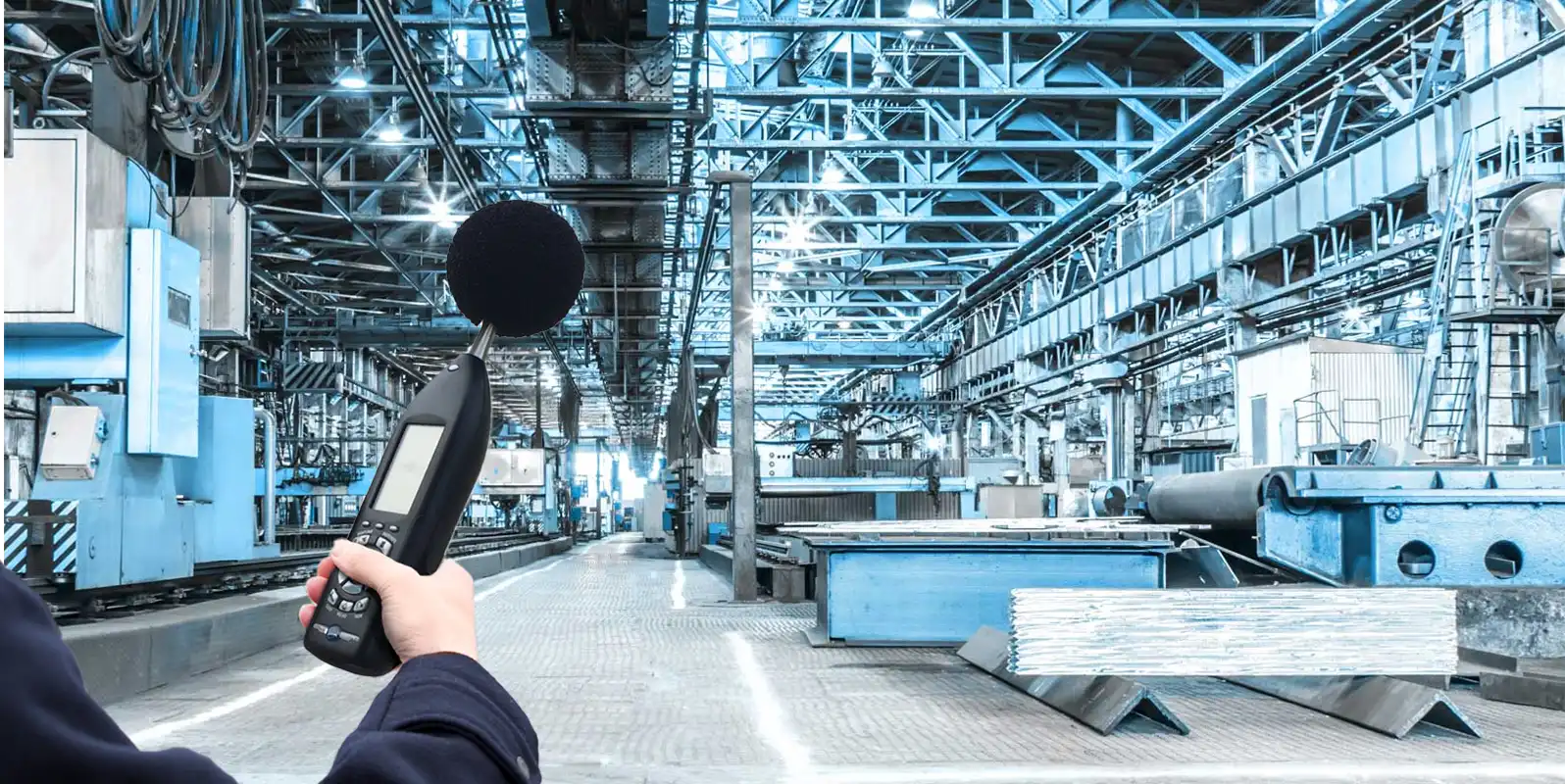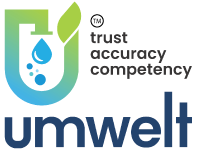Uncovering the Hidden Harm: The Importance of Noise Level Monitoring and Testing in Addressing Noise Pollution
Noise pollution is unwanted and unpleasant sound that can harm human health and other living organisms in the environment. There are two types of noise pollution: man-made noise and environmental noise. Noise level monitoring and testing is a process used to measure the magnitude of noise in industries and residential areas. The data collected from this process helps identify trends and actions that can be taken to reduce noise pollution.
Noise level monitoring and testing is a part of environmental monitoring and testing, as noise pollution is increasing exponentially in recent years. Noise level monitoring and testing companies use equipment such as sound/noise level meters to measure noise pollution.
These meters consist of several parts, including a microphone, pre-amplifier, frequency weighting, processor, display system, communication system, and power supply. Noise level monitoring and testing is important in the workplace, as employees and occupants are exposed to harmful noise that can cause health problems such as headaches, hearing impairment, hypertension, heart problems, annoyance, and sleep disorders.
Noise level monitoring and testing can also be used in industrial and non-industrial settings, including road traffic noise, to identify sources of noise pollution and take actions to reduce it.

Key Features
- Identifies the magnitude of noise pollution in industries and residential areas.
- Helps understand trends in noise pollution.
- Aids in identifying sources of noise pollution.
- Can be used in industrial and non-industrial settings.
- Measured using sound/noise level meters.
- Can be used in noise impact assessments.
- Helps protect employees and occupants from harmful noise in the workplace.
- Can be used to take actions to reduce noise pollution.
FAQ
Noise level monitoring and testing is a process used to measure the magnitude of noise in industries and residential areas. The data collected from this process helps identify trends and actions that can be taken to reduce noise pollution.
Noise pollution is unwanted and unpleasant sound that can harm human health and other living organisms in the environment.
There are two types of noise pollution: man-made noise and environmental noise.
Sound/noise level meters are used to measure noise pollution in noise level monitoring and testing.
Noise level monitoring and testing is important in the workplace because employees and occupants are exposed to harmful noise that can cause health problems.
Yes, noise level monitoring and testing can be used in industrial settings to identify sources of noise pollution and take actions to reduce it.
A noise impact assessment is a process used to evaluate the potential effects of a proposed development or activity on the surrounding environment.
Once the sources of noise pollution are identified through noise level monitoring and testing, actions can be taken such as implementing noise-reducing measures or limiting the use of certain equipment or vehicles.

